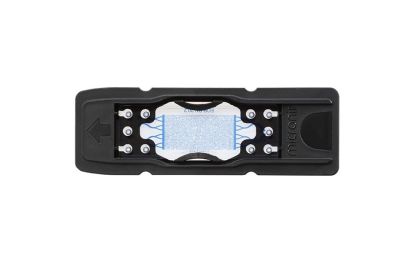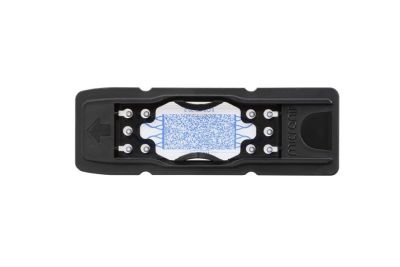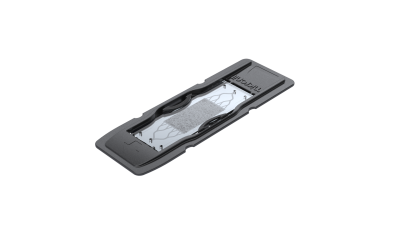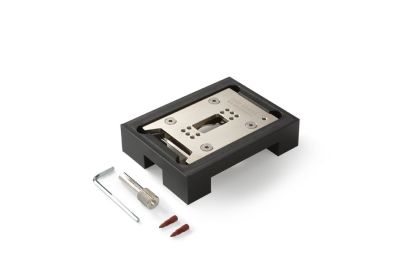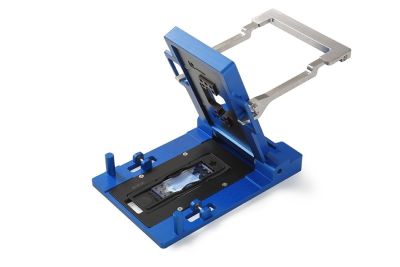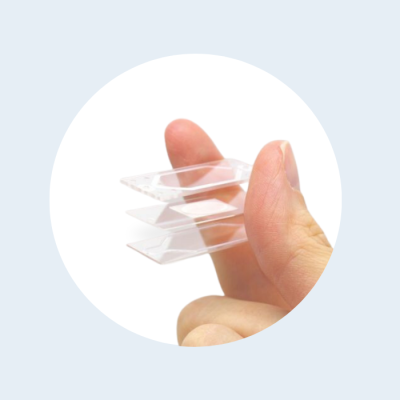shopping_basket
Enhanced Oil Recovery chips
To study thermal, chemical and microbial Enhanced Oil Recovery (EOR) and the effectiveness of these technologies, the most accurate way is to use a physical rock. The use of ‘real’ rocks has several major drawbacks, however. Therefore, Micronit has developed three types of Enhanced Oil Recovery chips in collaboration with several leading industrial partners. This way, experiments can be conducted on surrogate rocks, using lab-on-a-chip technology. These chips can be used for several types of research concerning Enhanced Oil Recovery, whether it is for reservoir engineering or environmental issues. Three different types of EOR chips have been developed, each designed to mimic a different rock structure. The chips are available with either a random, a uniform or a physical rock structure network.
Jumpstart your projects with our accesible webstore products
Enhanced oil recovery (EOR) chips can be used to verify calculation models, providing an optical clear surrogate rock. Known geometrical conditions and optical clear chips create optimal conditions to study physical processes that normally occur inside rock formations. For more information, visit our dedicated page on EOR chips.
We offer these chips in three designs: Physical Rock, Random, and Uniform Network.



